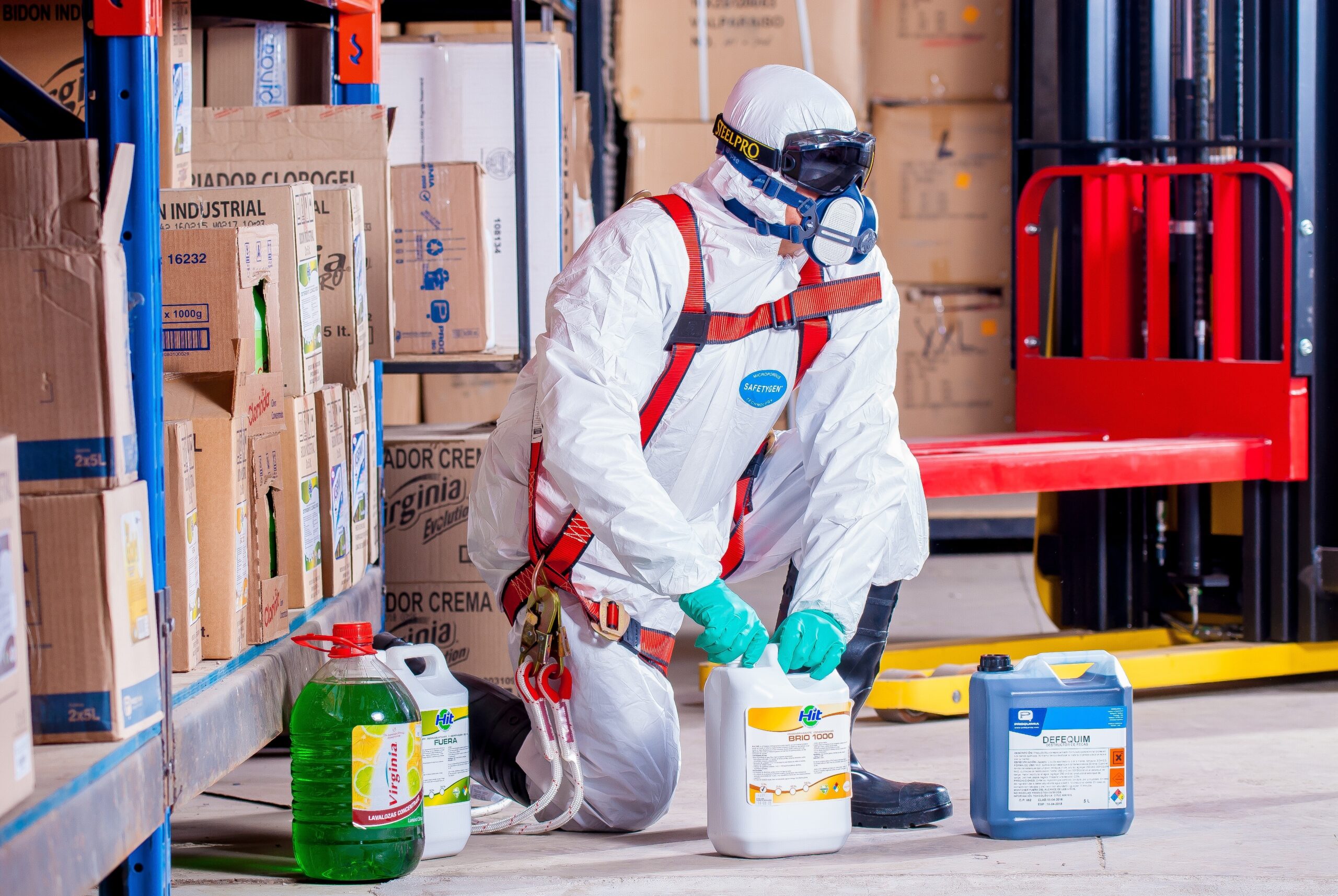Protect Your Employees and Your Business with WHS Training
Introduction
Workplace Health and Safety (WHS) is an essential aspect of any business. Ensuring the safety and well-being of your employees not only fosters a positive working environment, but it also helps to prevent unnecessary accidents and injuries. As an employer, it is your responsibility to provide WHS training to your employees. This comprehensive guide will help you navigate the world of WHS training and ensure that you’re protecting both your employees and your business.
What is WHS Training?
Workplace Health and Safety Training, also known as Occupational Health and Safety (OHS) training, is the process of educating employees about the potential hazards and risks they may encounter in the workplace. Not only does it help prevent accidents and injuries, but it also helps to create a culture of safety in the workplace. By providing WHS training, employers can demonstrate their commitment to the health and safety of their employees, which can lead to increased morale and productivity. Additionally, compliance with WHS regulations is a legal requirement in many countries, so failure to provide adequate training can result in fines and legal action.
This training typically covers a range of topics, such as safe work practices, hazard identification, risk management, and emergency procedures.
Why WHS Training is Important for Employers
- Legal Compliance: Employers have a legal obligation to provide a safe working environment for their employees. By conducting WHS training, you can ensure that your business is meeting its legal requirements and avoiding potential fines or legal action.
- Employee Safety and Well-being: A safe workplace is a happy workplace. By providing WHS training, you can help to prevent accidents and injuries, ensuring that your employees remain healthy and happy at work.
- Productivity: A safe work environment can lead to increased productivity. When employees feel secure in their workplace, they are more likely to focus on their tasks and work efficiently.
- Reputation: A company with a strong commitment to workplace safety will have a better reputation among customers, suppliers, and potential employees. This can lead to increased business opportunities and improved employee retention.
Types of WHS Training
General WHS Training: This type of training covers the basics of workplace health and safety, such as hazard identification, risk assessment, and safe work practices. This training is suitable for all employees, regardless of their role or industry.
Industry-Specific Training: Some industries, such as construction, manufacturing, and healthcare, have unique hazards and risks. In these cases, industry-specific WHS training may be required to ensure that employees are adequately prepared for their specific work environment.
Role-Specific Training: For employees who have specific responsibilities related to WHS, such as safety officers or supervisors, role-specific training may be necessary. This training will focus on the specific tasks and responsibilities associated with their role in managing workplace safety.
How to Implement WHS Training in Your Business
Identify Your Training Needs: Start by assessing your workplace and identifying the specific hazards and risks that your employees may encounter. This will help you determine the type of WHS training that is most relevant to your business.
Choose the Right Training Provider: There are numerous WHS training providers available, offering both online and in-person courses. Be sure to choose a reputable provider with experience in your industry to ensure that the training is relevant and up-to-date.
Schedule Regular Training Sessions: WHS training should be an ongoing process, with regular refresher courses to ensure that your employees remain knowledgeable about workplace safety. This will also ensure that new employees receive the necessary training as they join your business.
Monitor and Evaluate: Regularly assess the effectiveness of your WHS training program by monitoring workplace incidents and conducting employee surveys. This will help you identify areas for improvement and ensure that your training remains relevant and effective.
Reference: “5 reasons for business to partner with a training organisation”
Conclusion
WHS training is an essential component of maintaining a safe and productive workplace. As an employer, it is your responsibility to ensure that your employees are equipped with the knowledge and skills they need to work safely. By following this comprehensive guide, you can create a WHS training program that benefits both your employees and your business.
Dedicated to your workplace safety needs.
Nigel
